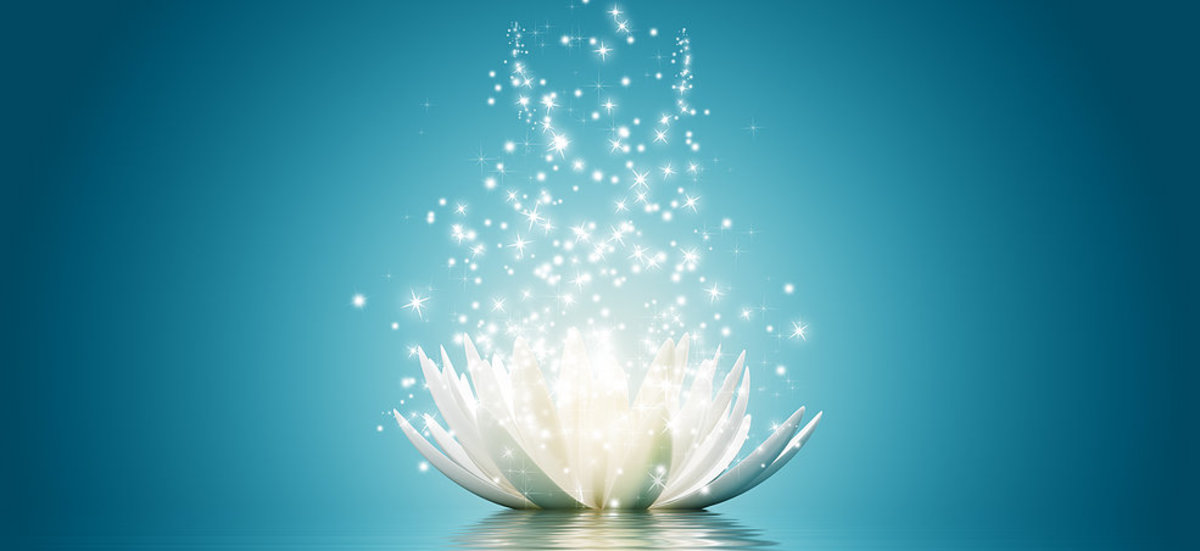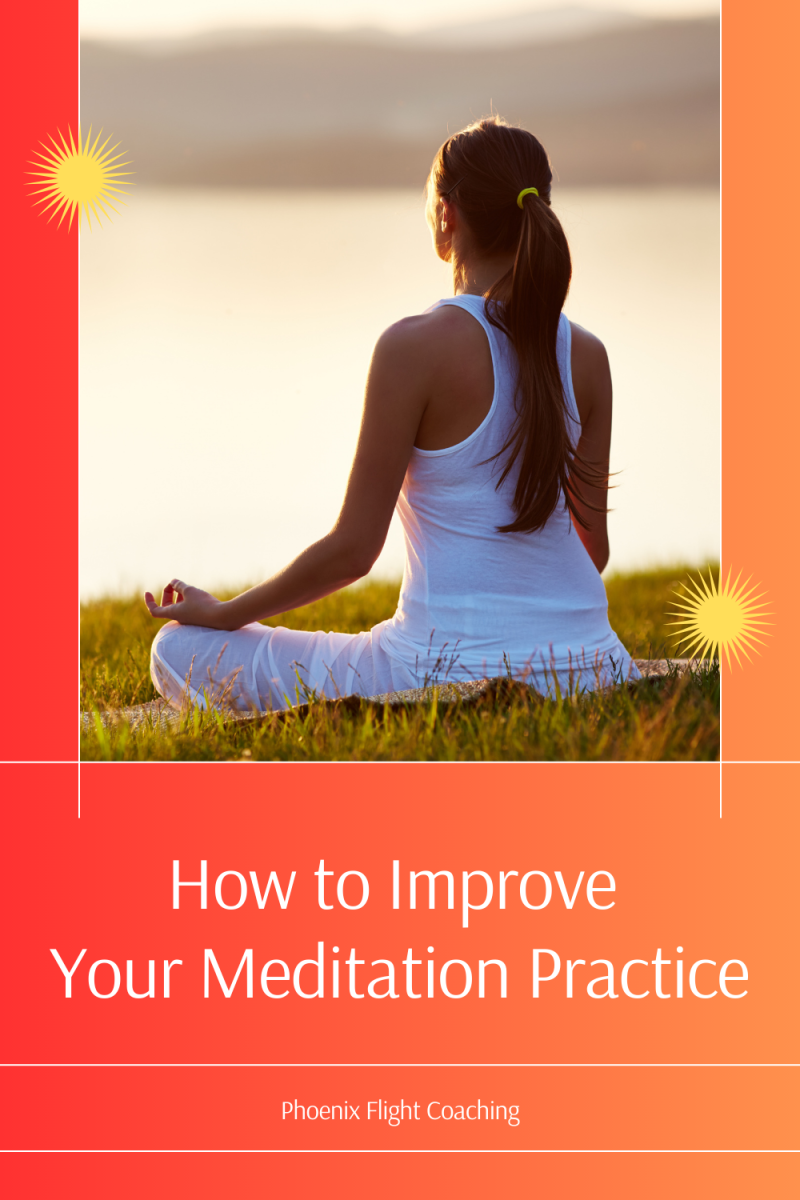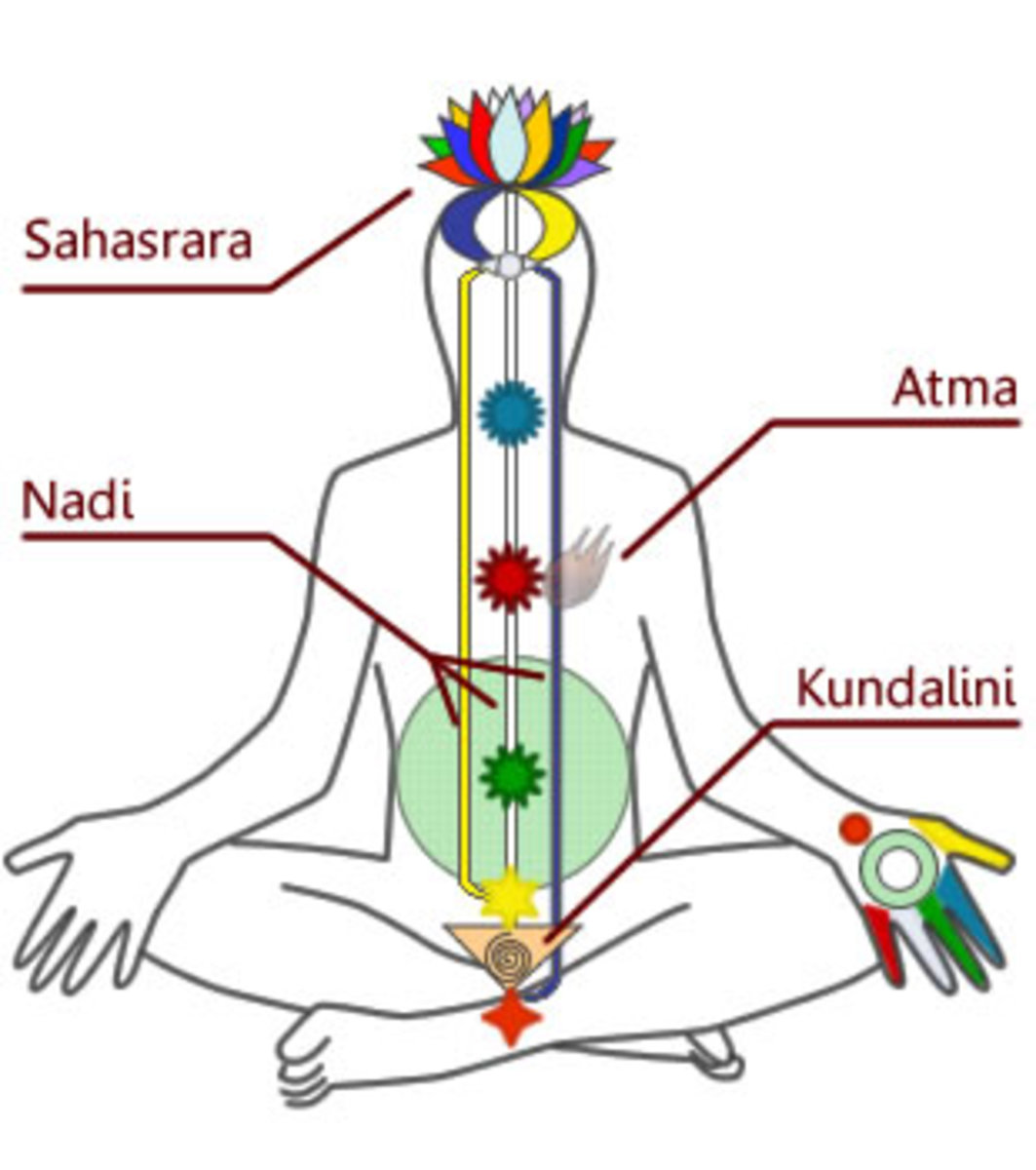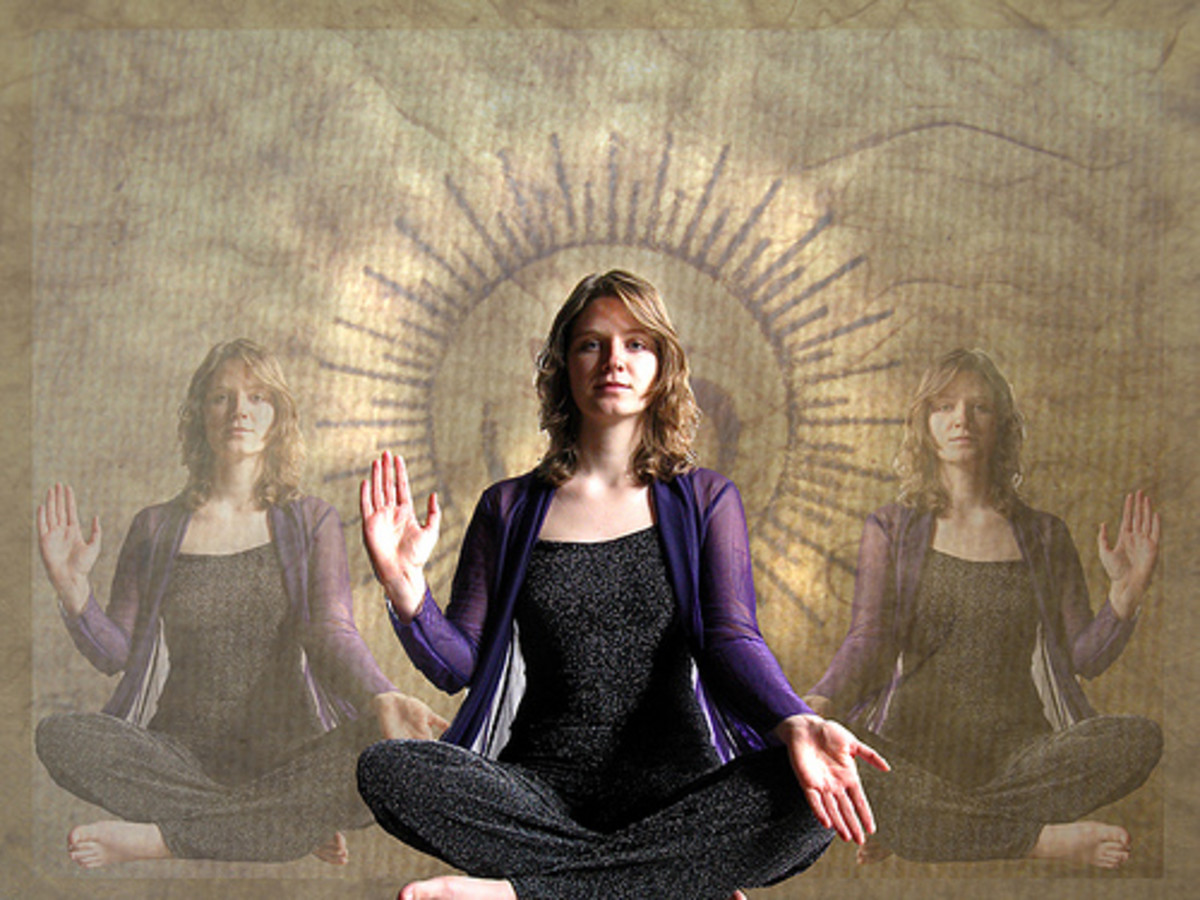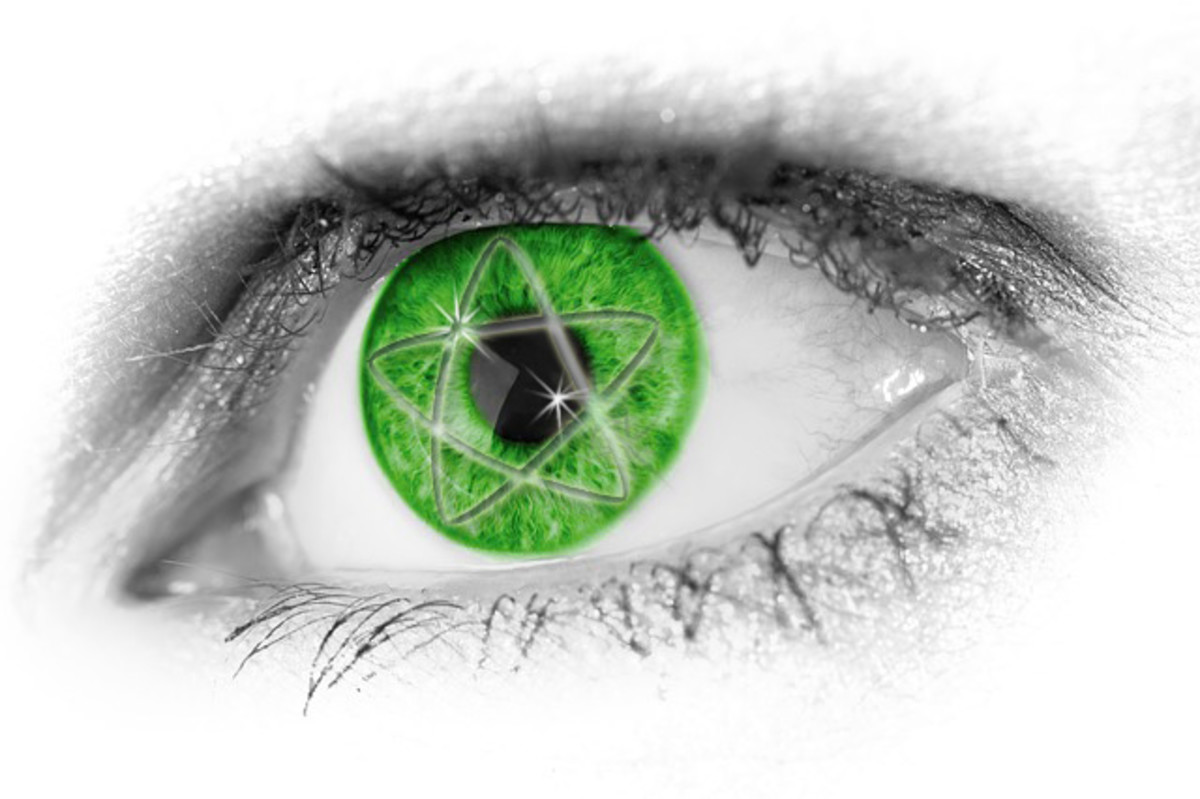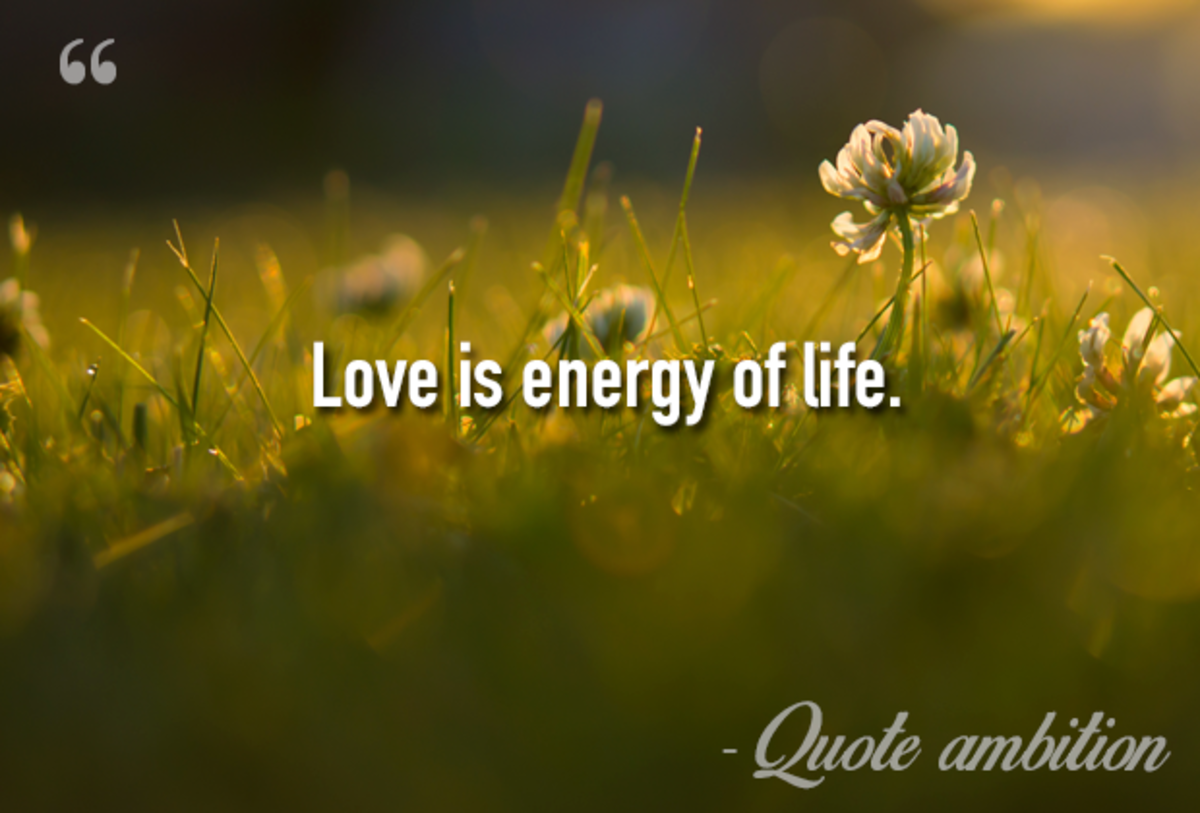Quieting the Mind: A Daoist Perspective
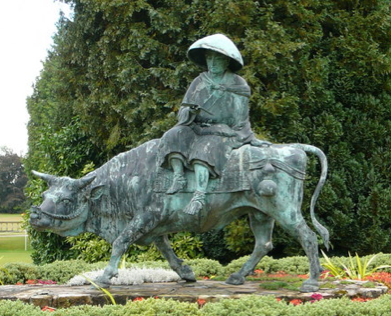
Quieting and Taming the Mind
In an earlier article, I pointed out that taming the mind is a goal worth seeking for everyone, as we live in a world driven by the madness of extreme belief-driven religious and cultural forces. In taming the mind, we cultivate harmony, balance and tranquility within. This helps us to live in harmony and be in the present moment, rather than in some imagined future or a past event.
The method for quieting the mind in Daoism (= Taoism) is different as compared to the approach taken in Buddhism. Taoists realized, from early on in their history, that the mind and the body are inextricably linked. Thus, they developed methods of embodying meditation to help attain a quiet mind to be in harmony with the Tao.
Below, I discuss some of the foundations of the water method of Daoist meditation starting with Lao Tse's words in his book, Tao The Ching. These words inspire appropriate attitudes that help guide one down the Tao, or path to quiet your mind. Further on I discuss specific meditation methods that are used.
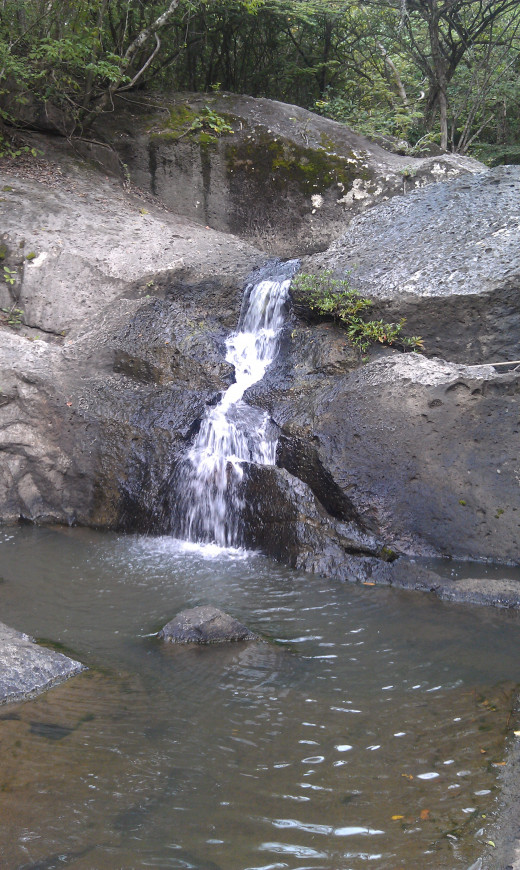
Virtues of the Watercourse Way
Alan Watts wrote a book, describing the Taoist approach as a Way of Water. The Tao can be interpreted to mean the Way or Path. But that is an oversimplification of what it really means. The Tao is the origin of the 10,000 things that make up the world and its manifestation is in objects that have both yin and yang qualities.
Patience
The Watercourse Way requires patience and persistence. This is from the 15th chapter of the Tao The Ching:
"Can you find the patience to wait
Until your dust settles
And the water becomes clear?"
Taoist sitting and standing meditation practices allow one to achieve stillness of mind and body. Settling down of the mind is aided by close attention to tensions, pains and areas where there is no sensation. Putting one's mind on these areas, in a progressive movement from the top of the head to the soles of the feet, permits a changing of state of these areas and sensations. It also opens up the energy channels in the body. Proceeding to the ground helps one become grounded and relaxed within your entire body. A relaxed body leaves a relaxed and alert mind.
As a part of patience, the amount of effort or internal force that you put into your practice should not be 100%. If it is difficult to practice for 20 minutes twice a day, then practice 15 minutes twice a day. Don't strain or force yourself mentally or physically. There is a rule to only do about 70% of what your maximum ability is. With time, and persistence, your ability will grow. Know that and relax into your practice.
Persistence
As the water in the stream flows over the rocks and gradually wears them away, a dedicated daily practice is required. Persistent practice conditions the body, mind and spirit. Occasional meditation helps, but it is not meant to be used as tranquilizer, used only when you feel bad. Regular practice conditions one continue undisturbed when disturbing forces occur around you. Taoist philosophy discusses the "red dust," as being all the peripheral and internal distractions that you experience. If the dust inside of you is settled, external events are less likely to stir it up again.
Lao Tse, On The Water Method of Taoism
I begin with relevant phrases from the 6th century founder of Taoism, Lao Tse, in his book of poems,"The Way and Its Virtue" (Tao The Ching). These excerpts illustrate the idea behind how the water method is implemented in both sitting and moving meditations.
"Nothing in the world is as soft as yielding water.
Yet for dissolving the hard and inflexible, nothing can surpass it.
The soft overcomes the hard; the gentle overcomes the rigid." (8:1-4)
"That the weak overcomes the strong
And the soft overcomes the hard
Everybody in the world knows
But cannot put into practice" (78:1-8)
"Know the masculine, hold to the feminine
Be the watercourse of the world
Being the watercourse of the world
The eternal virtue does not depart
Return to the state of the infant" (28:1-5)
The Red Dust


Daoist Meditation
Meditation in Taoism usually starts with the breath. The breath is the link between the conscious and unconscious aspects of your being. It is a fundamental first step in getting the "red dust" to settle. Following the breath, you simply notice it and relax into it. As you relax into the breath, your breathing will get deeper and longer. You will also notice how you breathe and muscles will relax in the throat and chest.
People usually breathe using chest muscles. In Taoist breathing the chest relaxes downward and the the diaphragm muscle is used to move air in and out of the lungs, just like we are born to breathe as babes. On the inhale the diaphragm muscle drops into the belly, and on the exhale it moves upward to evacuate air from the bottom of the lungs.
Breathing cycles are even, with an even number of seconds between the inhale and the exhale. You may start with a 3 second inhale and a 3 second exhale. Gradually you can increase this over time. Taoist lineage master B. K. Frantzis has an audio meditation series called "The Tao of Letting Go" that I recommend. Do the practice over several months to relax into your breathing. Use timers to help the breathing to slowly increase your exhalation and inhalation duration. Dissolving, or letting go of tensions, is a part of the process that facilitates deeper, relaxed breathing and a calm mind. As the breathing deepens, the mind settles and, physiologically, the body goes into a parasympathetic mode which nurtures and maintains the body.
Posture in Taoist Meditation
Sitting posture. You can be seated in a chair, but it is best to be sitting in the forward third of the chair, with the spine erect and the hips tilted slightly forward. If you have back problems, use the back of the chair. Tilting the hips helps open the lower back where the lower dantien, or energy center is located (see the illustration). The feet are placed flat on the floor aligned under the knees with the toes pointing forward.
Standing posture. Standing meditation is done as a complement to moving qigong and Tai chi practices. It helps strengthen and clear the body of blockages and dissolving meditation progressing down the body and into the floor is done. There are many different postures that can be used, but the wu ji posture, with the hands hanging down the sides of the body is the most common beginning posture. For more detail on this Taoist mediation method and some of the stances, see an in-depth treatment called Standing Meditation Qigong.
Feeling During the Meditation
This is where Taoist meditation differentiates itself from mind-driven, or mental, forms of meditation, as used in Buddhism. Taoists in the water tradition are led to sense and become aware of their bodies during their meditation sessions. They realize that the mind is not separate from the body and that the body can be used for making spiritual progress in one's life. Energetic blockages in the tissues of the body that one encounters during meditation are associated with both conscious and unconscious memories, be they in this lifetime or a previous one.
The goal of the meditation process is to become aware of these blockages and let them go. Conscious attention achieves that goal. Where conscious attention is placed, there is an increase of blood circulation and a change in the state of the tissue around a blockage. This method of applying conscious attention to a blockage is sometimes compared to the melting of ice to water and then releasing it to its gaseous state.
The meditation process proceeds down the body to the floor, as noted before. It is always done this way. This helps in grounding and connecting with the Earth's yin energy with Heavenly, or yang energy. Practicing Taoists connect and consciously circulate both energies in the body.
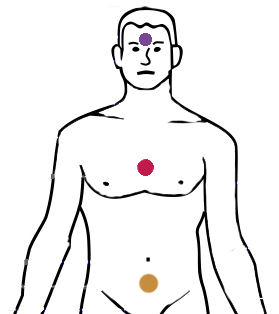
Quieting Your Mind by Centering on the Lower Dantien
One of the goals of Daoist meditation and movement practices is to obtain a stable energy center in the lower dantien, which is located in the middle of the body below the navel. This energy center is a site where you can cultivate, store and center of your movement and being. Moving practices like qigong and Tai chi help in the cultivation of the lower dantien energy field. There are also lower dantien breathing qigong exercises and microcosmic orbit meditations that center and move around this point.
With persistent daily practice, you will notice changes that permit the mind to become quieter, settling the red dust. The result is that there is more of your moment-to-moment attention on the dantien and your energy body. Since all Daoist meditation practices lead the energy to the dantien at the end of the practice, this awareness becomes integrated into your moment-to-moment living. Centering your energy and being at this point helps balance your being, letting the mind rest and be more at play than "at work."
For Further Reading on Methods That Heal and Quiet the Mind and Body
Qigonghealing Arts - a site where the use of qigong for healing and energy development is discussed at depth, including methods of breathing meditations, qigong movements, qigong videos and standing meditation methods.

